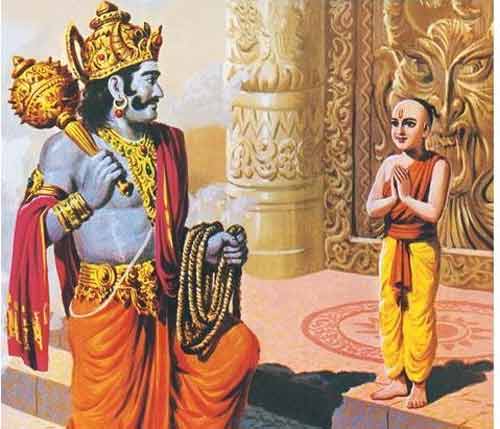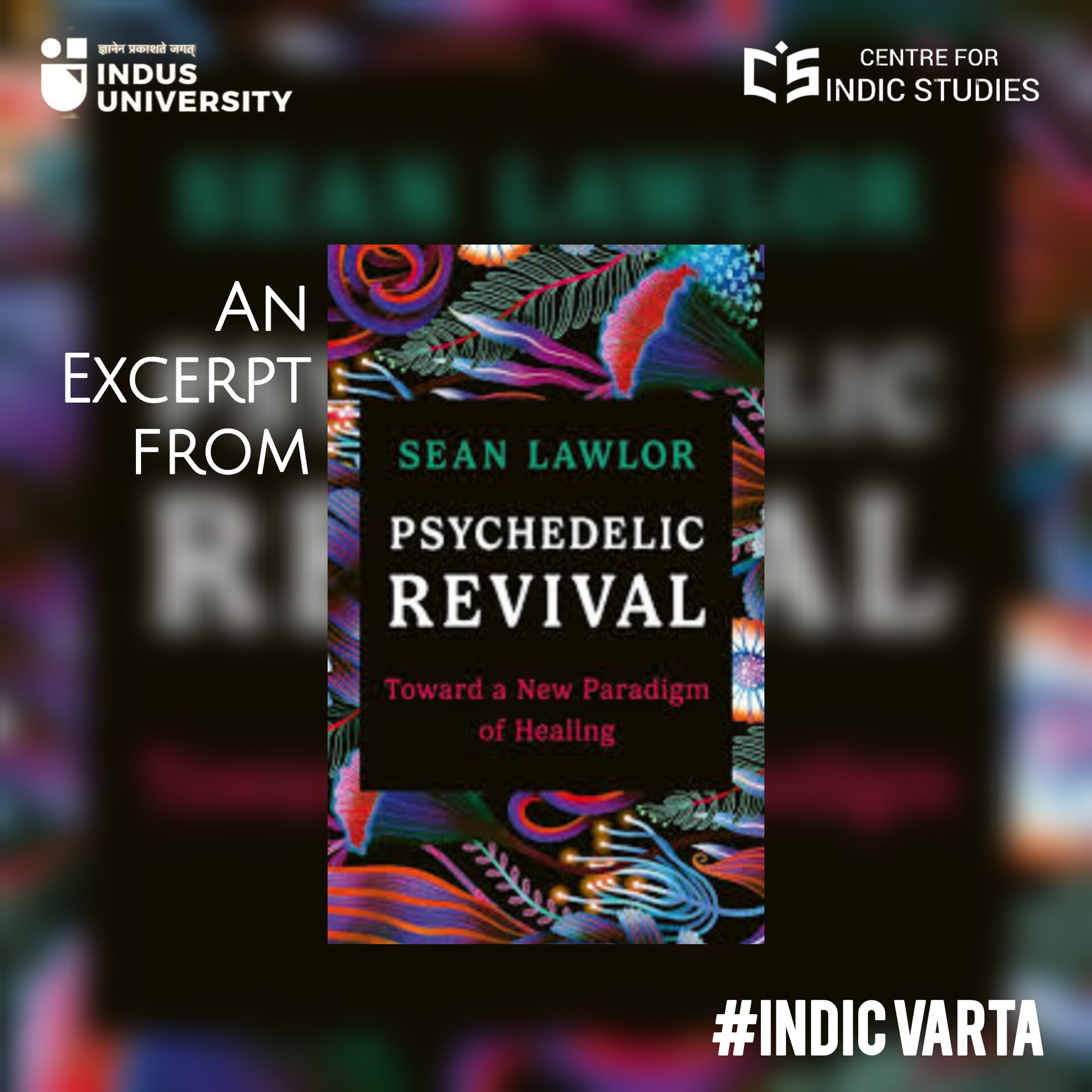- Visitor:985
- Published on:
One Teacher, One School – The Adam Report on Education in Bengal
How did Bengalis and Biharis educate their kids before the advent of English education? This article reveals some startling facts and shatters several myths about traditional education in northern and eastern India.

Read other articles in this series:
Part 1: Were Indians Uneducated Before the British Arrived?
Part 2: Did Brahmins have Monopoly on Education?
Part 3: Was Gujarat Educated in 19th Century?
Part 5: Did Schools Charge Fee in 19th Century?
In previous articles of our series on indigenous Indian education, we saw how British officials described the state of education in Madras and Bombay when they first arrived there. This article, the fourth in this series, will give a glimpse of the state of education in nineteenth century Bengal (which also included modern Bihar).
Bengal had been under British control since 1765, missionaries and several other officials had enquired from time to time about the nature of indigenous education in the province. However, no systematic and detailed surveys were done until the Government in 1835 appointed William Adam to undertake an investigation. On 20th January 1835, barely a month before Macaulay was to deliver his famous minute on Indian Education, Lord Bentinck appointed William Adam to conduct an official enquiry into the native institutions of Bengal and Bihar. [1]
Following his investigations that lasted over two years (1836-8), William Adam submitted three reports which “remain to this day an extremely important source of information regarding the state of indigenous education in early nineteenth century Bengal. [2] Four editions of Adam’s work, including the original reports that were submitted to the government from 1835-38, have been published at various junctures of time. [3]
Adam’s first report was based on a preliminary investigation and a review of pre-existing materials. It is the second and third reports of Adam that contain the results of his fieldwork and reveal a great deal of information. In his second report (which pertains to the district of Rajshahi in Bengal), Adam reveals that every native school has but one teacher. Adam’s second report also informs us about the number of pupils, the usual age of admission as well as of leaving school, the medium of instruction, the curriculum, the school building and the remuneration of the teacher as well as the teacher’s name, caste and age.[4] Adam’s third report pertained to three districts of Bengal (Burdwan, Beerbhoom and Moorshedabad) and two districts of Bihar (Tirhoot and South Bihar). This report reveals for each district, the number of schools categorised according to the medium of instruction. [5] It is beyond the scope of this article to list all of the statistics compiled by Adam. So, we will only highlight the most noteworthy points that will help us get a fair idea of the state of education in those days.
Let us look at some numbers to begin with. In his first report, Adam observed that almost every village had a school. So, there were more than 100,000 village schools in Bengal and Bihar and there was a village school for every 400 persons. [6] Adam’s subsequent investigations looked at different kinds of schools in specific districts. For instance, his second report reveals that the district of South Bihar had a total of 286 Hindi schools in which 3,090 scholars received instruction. [7]
Adam’s reports also give information about the social composition of students and teachers of indigenous elementary schools.It is interesting to note that these reports contradict the notion of Brahminical hegemony. Much ink has been spilled on the hegemony of Brahmins in indigenous institutions and the inaccessibility of education for the socially backward classes. [8] But Adam (like his counterparts in the Madras Presidency) found that a significant percentage of students belonged to low castes such as Malo, Chandal, Kahar, Luniar, Dhoba and Kalu. [9] These castes were also found to be well represented amongst the teachers of elementary schools, the majority of whom were non-Brahmins. For instance, Adam observed that in the district of South Bihar vernacular instruction was “almost wholly in the hands of the Kayastha or writer caste, and that the institutions of the country are still in this respect in almost unabated force. There are no brahman-teachers.” [10] There is now a vast body of evidence in the form of colonial surveys indicating that nearly all sections of pre-colonial Indian society enjoyed comfortable access to mass elementary education. Yet, educational historians have often treated such evidence with extreme scepticism. For instance, Poromesh Acharya claims that the Bengali patshala system “in spite of its extensive mass-base and mass-mooring in the curriculum, contributed in perpetuating the hierarchical social structure and Brahminic hegemony over society.” [11]
Let us now turn to the qualitative aspects of indigenous schools. Adam found that a scholar typically went through four stages of instruction during the course of his studies in a Bengali patshala.[12] Amongst the textbooks taught in Bengali schools, the Subhankar was found by Adam to be commonly used for basic arithmetic. Elementary grammar was taught through books such as Sabda Subanta and Ashta Sabdi. In addition, the Sanskrit verses of Chanakya (a book on statecraft and general principles by the ancient philosopher named Chanakya who lived between 371 and 283 B.C.) containing pithy maxims and general precepts of morality were read and memorized. Other general instruction included compositions in praise of various gods and goddesses such as Data Karna (on the altruistic nature of Karna, a hero in the Mahabharata), Ram Janma (on the birth of Lord Ram), Ganga Bandana (on the qualities of the river Ganges) etc. as well as extracts from religious epics such as the Sundar Kand of the Ramayana, or the Adi Parva of the Mahabharata etc. [13]
To sum up, the above report of Adam is just one among many other contemporary reports on indigenous education that we have discussed in other articles of this series. All these historical records reveal that there was a large pre-existing network of village schools in India when the British arrived there in the early nineteenth century. Was this pattern also found in Punjab which was the last province to be annexed by the British? We will explore this question in the next parts of this series.
Notes and References
- Lynn Zastoupil and Martin Moir, The Great Indian Education Debate (Richmond: Curzon Press, 1999), 28-29. Macaulay’s minute is discussed later in this chapter.
- 29.
- Following the famous Wood’s despatch of 1854, the Rev. James Long edited Adam’s work in 1868. The third edition by Anathnath Basu was published in 1941 while Joseph Dibona prepared the fourth edition in 1983.
- See ‘Appendix: Table II’ of “Second Report On The State of Education in Bengal: District of Rajshahi” in William Adam, Second Report On The State of Education in Bengal (Calcutta: Bengal Military Orphan Press, 1836), 134-151.
- William Adam, Third Report On The State of Education in Bengal (Calcutta: Bengal Military Press, 1838), 14-17.
- “First Report on the State of Education in Bengal 1835” in Anathnath Basu ed., Reports on the State of Education in Bengal (1835 & 1838) by William Adam (Calcutta: Calcutta University Press, 1941), 6.
- William Adam, Third Report On The State of Education in Bengal (Calcutta: Bengal Military Press, 1838), 17.
- See for instance, Poromesh Acharya, “Indigenous Education and Brahminical Hegemony”, in Nigel Crook Ed. The Transmission of Knowledge in South Asia (Oxford University Press, 1996), 98-118.
- A caste-wise distribution of all Hindu students of the aforementioned districts of Bengal and Bihar is displayed from pages. 24-30 of Adam’s third report. Surprised to find an overwhelming number of low caste students in all of the five surveyed districts, Adam makes the following remarks: “The number of scholars of low caste is so considerable that without explanation it might be supposed that they were chiefly found in the Missionary schools […] the fact, however, is otherwise, for the number of scholars belonging to sixteen of the lowest castes amounts to 760, of whom only 86 are found in the Missionary schools, and the remaining number in native schools.” ibid. 30.
- A caste-wise distribution of all teachers of the aforementioned districts of Bengal and Bihar is displayed on pages 32 – 37 of the third report.
- Acharya, “Indigenous Education and Brahminical Hegemony”, 116.
- “the first period seldom exceeds ten days which are employed in teaching the young scholars to form the letters of the alphabet on the ground with a small stick or slip of bambu. The sand-board is not used in this district, probably to save expense. The second period extending from two and a half to four years according to the capacity of the scholar, is distinguished by the use of the palm leaf as the material on which writing is performed […] the scholar is then taught to write and read, and by frequent repetition he commits to memory, the Cowrie Table, the Numeration Table as far as 100, the Katha Table (a land measure table) and the Ser Table (a dry-measure table). The third stage of instruction extends from two to three years which are employed in writing on the plaintain-leaf […] the fourth and final stage of instruction generally includes a period of two years, often less and seldom more. The accounts briefly and superficially taught in the preceeding stages are now taught more thoroughly and at a greater length, and this is accompanied by the compostion of business-letters, petitioners, grants, leases.” See Adam, Second Report, 18-19.
- For a list of textbooks used in the Bengali schools of Nattore, see “Table II’, in Adam, Second Report, 134 – 151. For similar information in the districts of Moorshedabad, Beerbhoom, and Budwan of Bengal, see Adam, Third Report, 30 – 37.
- 492 min read
- 1
- 1










